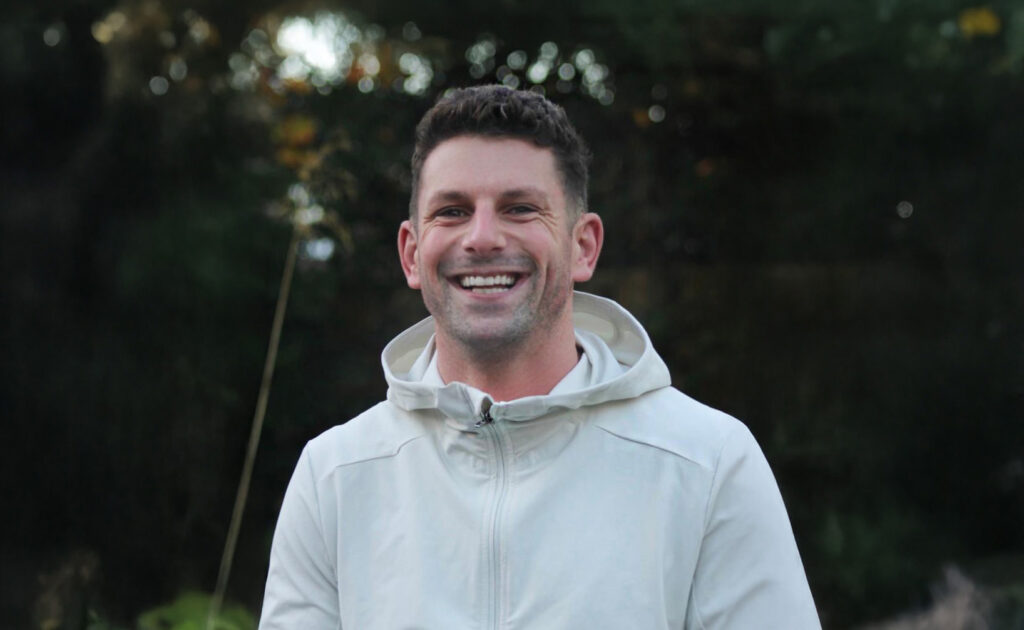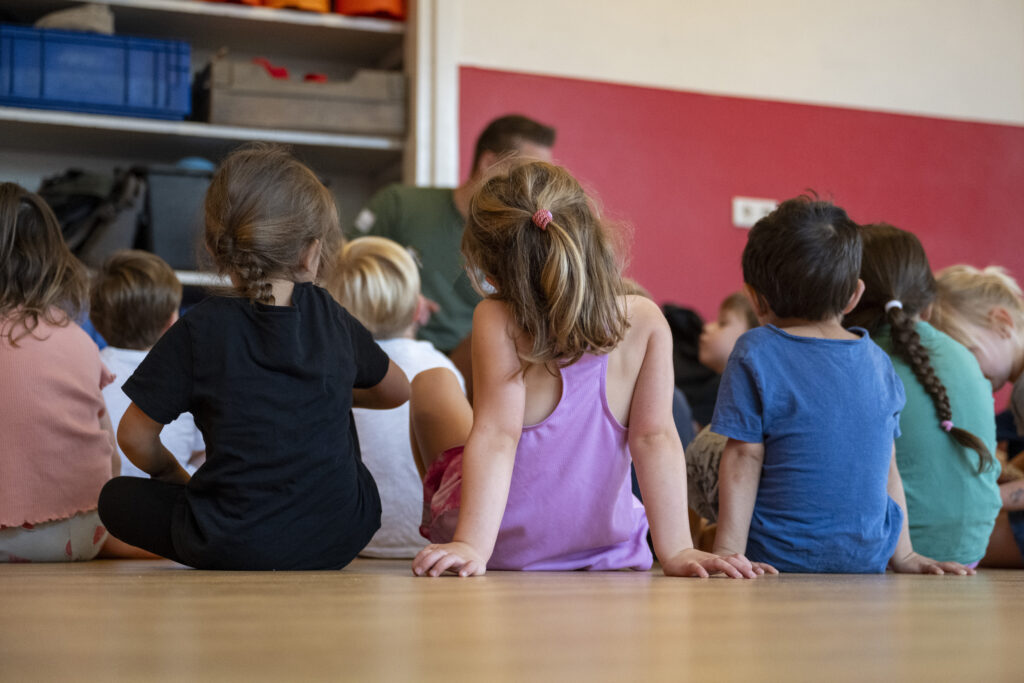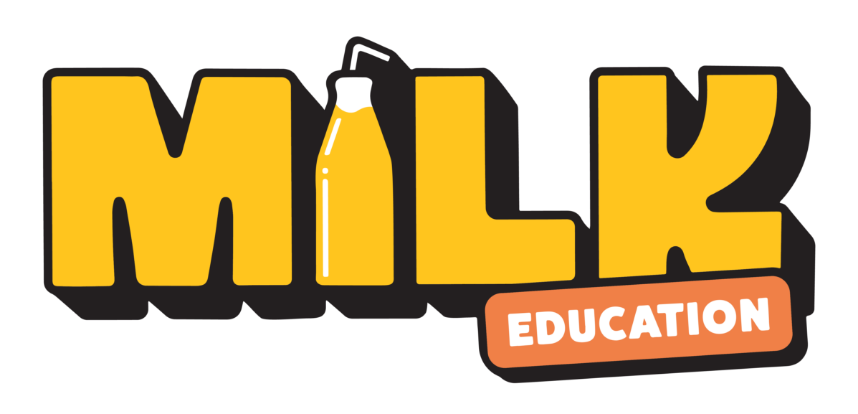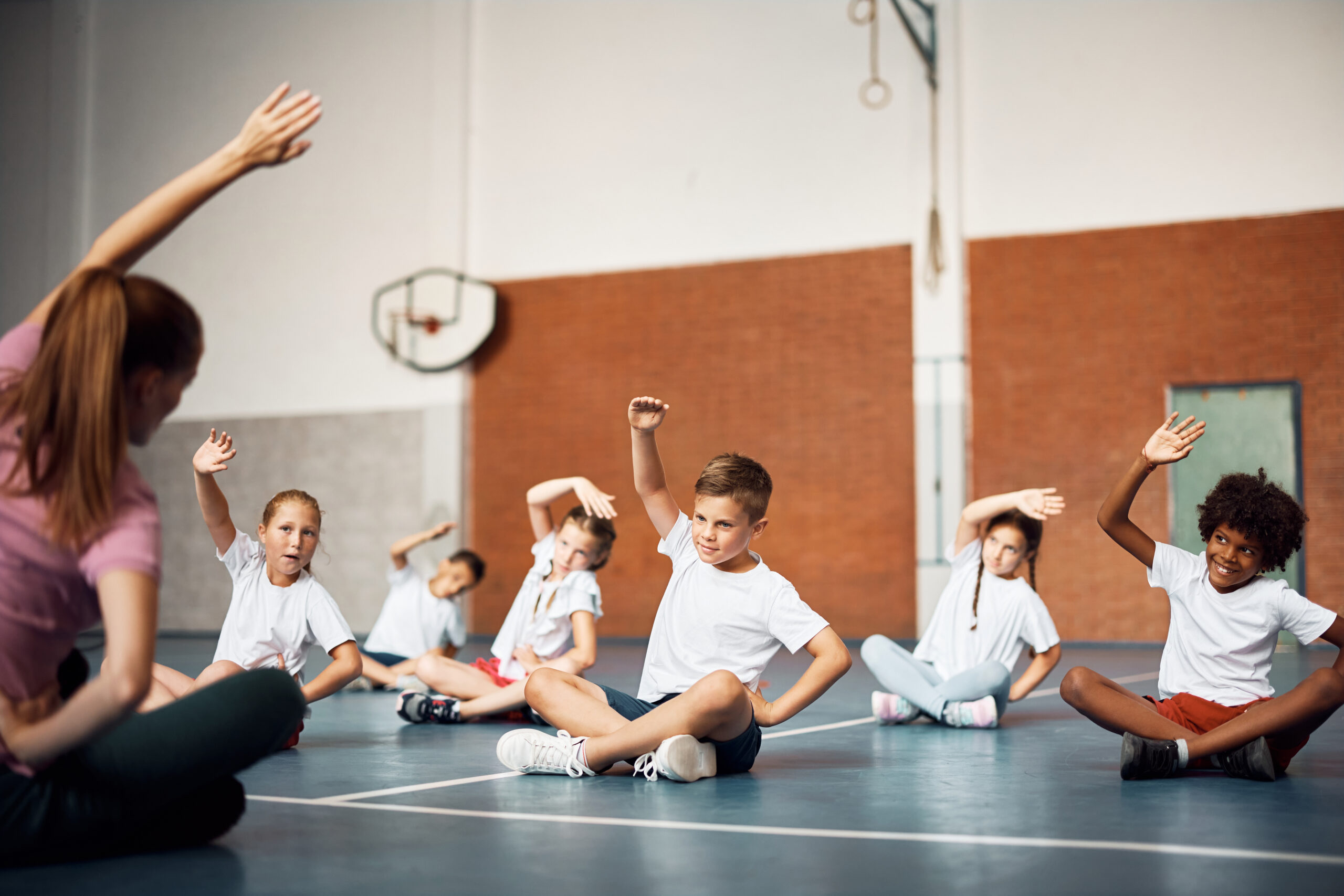For years, movement in schools has been boxed into structured P.E. lessons and the occasional sports day. But the benefits of movement extend far beyond physical fitness.
Regular activity is key to supporting mental health, focus, and emotional wellbeing.
However, many students are disengaged from physical activity in school, particularly secondary school girls.
This can be due to:
- Low confidence or body confidence issues.
- Bullying or social anxiety around participation.
- A rigid, traditional approach to physical activity that doesn’t cater to diverse needs.
- A shortage of time and resources for schools to implement movement-based initiatives.
Let’s examine a different approach to physical education in schools, and why it should absolutely be prioritised in the curriculum.
The Benefits of Exercise for Young People’s Mental Health
The benefits of exercise go far beyond physical fitness or feeling a bit happier in the short-term.
In partnership with the amazing Make Life Kind Charity, we work with inspiring performance coach and school speaker Ben Davie to bring his inclusive fitness sessions into schools.
“Movement, for me, is the single best thing that we can utilise to support our mental wellbeing. Not only does it release feel-good chemicals to support our mental health, it also promotes resilience and empowers children to be the best version of themselves.”

Here’s what the research says, and how this can impact young people:
- A 2010 and 2019 study both concluded that exercise improves psychological competencies such as self-control, autonomy, and self-efficacy, as well as self-esteem and social adaptation. These are all especially important for young people as they are developing and building relationships.
- Exercise helps to improve emotion regulation, as it reduces cortisol levels and increases dopamine and endorphins. This helps to put the brain in a state where it is able to better manage stress, reducing anxiety and improving communication skills.
- According to a report from the Youth Sport Trust, children who were more active performed significantly better in writing and maths than children who were less active, and they found that adding more physical activity sessions into the curriculum could improve academic performance in the long-term.
- Participating in team sports involves collaboration, coordination, and cooperation, which can help to improve social skills and help young people to build friendships.
- For neurodiverse young people, such as those with ADHD, movement can be particularly beneficial in helping them regulate impulses, focus on tasks, and manage sensory overload.
Practical Ways to Integrate Movement into the School Day
Physical transitions break up sedentary time, reduce fidgeting, and help with attention regulation, especially for students who struggle with focus or self-regulation.
Instead of viewing movement as a separate activity, schools can embed it into daily routines through a mix of structured and informal approaches.
Here’s how:
1. Brain Breaks & Active Learning
- Short, five-minute movement breaks between lessons to refresh focus. There are lots of great ‘brain break’ videos on YouTube that include dances or interactive activities to get students moving. One great tip is to encourage all students to actively walk around and clean up at the end of lessons, with the help of a fun song or timer.
- Active learning strategies, such as walking discussions, role-playing, group work or hands-on activities, to reinforce lesson content.
2. Classroom-Based Movement
- Flexible seating (e.g., standing desks, wobble cushions) allows students to move while working, and may be more suitable for your students.
- Movement-based spelling games, maths challenges, and memory exercises are a fantastic way to engage learners, and ‘gamify’ their learning, whilst getting them up and moving. Consider incorporating props or flashcards into these activities to support all abilities.
3. Informal Play Opportunities
- Creating dedicated movement zones in classrooms or learning spaces is important for younger learners or neurodiverse learners. This should be a safe space where children can engage in movement without potentially hurting themselves or others. This could be the place in your classroom where games or dances take place, with soft play or sensory items available.
- Encouraging unstructured, inclusive play during break times promotes socialisation and physical activity, and it’s essential that this time isn’t disrupted.
4. Structured P.E. with a Fresh Approach
- P.E lessons don’t need to always include the traditional team sports such as football or netball (although these are great too). Include a variety of activities that all students feel they can get involved with, such as yoga, dance, and martial arts. Ensure that P.E. lessons are inclusive for all students, and make necessary adaptations to encourage participation.
- Consider reducing the competition aspect of P.E. lessons, and instead make the focus on personal growth or working together. Set this as an objective for the lesson so that all students feel like achievement is possible. P.E. is too often focused on winning and losing, and this can deter shy or anxious students from even trying to join in.
5. Wellbeing-Focused Activities
- Introduce mindful movement into all lessons, such as stretching and deep breathing.
- Make Life Kind’s fitness specialist Ben Davie’s sessions are suitable for all abilities, including pupils with SEND. He incorporates mindfulness and breathwork exercises, empowering young people to improve their physical and mental wellbeing, whilst developing resilience.
- In PSHE lessons, highlight the benefits of movement for mental health, and keep this as a central focus for your students to refer to throughout the school year.
6. Start Lessons with a Movement-Based Warm-Up
Before diving into academic content, teachers can begin lessons with a quick movement-based activity to activate students’ brains and boost focus. Research shows that even short bursts of physical activity can enhance cognitive function and engagement in learning.
Examples:
- Walk & Talk Discussions: Instead of sitting, have students discuss key concepts while walking around the classroom and interacting with each other. ‘Walk, Talk, Trade’ is a great example and can be used across a range of subjects.
- Action-Based Responses: In subjects like maths or literacy, students can stand up, jump, or move to different areas of the room to indicate answers.
- Mini Brain Energisers: Start with a 30-second stretching routine or a quick coordination exercise to wake students up. This is an easy way to incorporate movement into lessons.
7. Use Movement for Transitions Between Activities
Instead of having students passively switch from one task to another, build movement into transitions to help reset focus and re-energise the class.
Examples:
- ‘Move to Learn’: Assign different movement-based transitions (e.g., hopping to a new desk, stretching before a new activity, or doing a quick balance challenge before starting independent work).
- Station-Based Learning: Set up different learning stations around the room where students physically move between tasks instead of working in the same place.
- Themed Transitions: In younger years, turn transitions into imaginative movement games (e.g., “float like a balloon” to the next activity or “march like a soldier” to their seats). This can also be fun for older students too, and the randomness of it often gets them laughing and relaxing into the lesson.

Addressing Barriers to Movement in Schools
Unfortunately, movement isn’t always prioritised in schools, and this isn’t always through the fault of the school. Teaching staff are often under a lot of pressure, with an intense workload and expectations to support pupils with their behaviour and mental health.
So, what can schools do to address these barriers in schools?
Time constraints
Instead of treating movement as an additional task, it can be built into learning rather than seen as extra planning for teachers.
Social anxiety and bullying
If students are missing P.E. lessons or not participating in physical activity because of anxiety or bullying, it is essential for schools to foster a culture of inclusivity, through low-pressure movement activities. Students should be moving without even realising – through games and brain breaks – as this makes it feel less daunting for anxious individuals.
Staff training & resources
CPD is an essential tool for building staff’s confidence when it comes to incorporating more movement into their lessons.
Milk Academy has a range of accredited CPD courses for staff which are relevant to children’s mental health and embedding movement into the classroom, including:
- Mindfulness for Children Certification
- Mental Health First Aid Certification
- Mental Wellbeing in Children and Young People Certification
- Adverse Childhood Experiences
Breaking the Cycle: Why Schools Need to Rethink Movement
Gone are the days of traditional, overly competitive P.E. lessons. If schools want to be champions for mental health and build positive attitudes towards physical activity, it seems like a gentle but experimental approach could be the answer.
How does your school incorporate physical activity into the school day? Is this something embedded within lessons, or do you take a more structured approach?
Let us know in the comments or get in touch with us over on LinkedIn.

